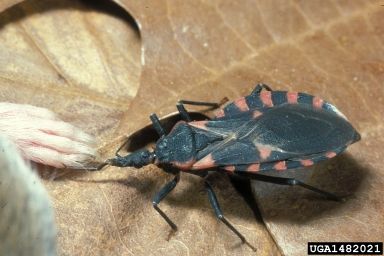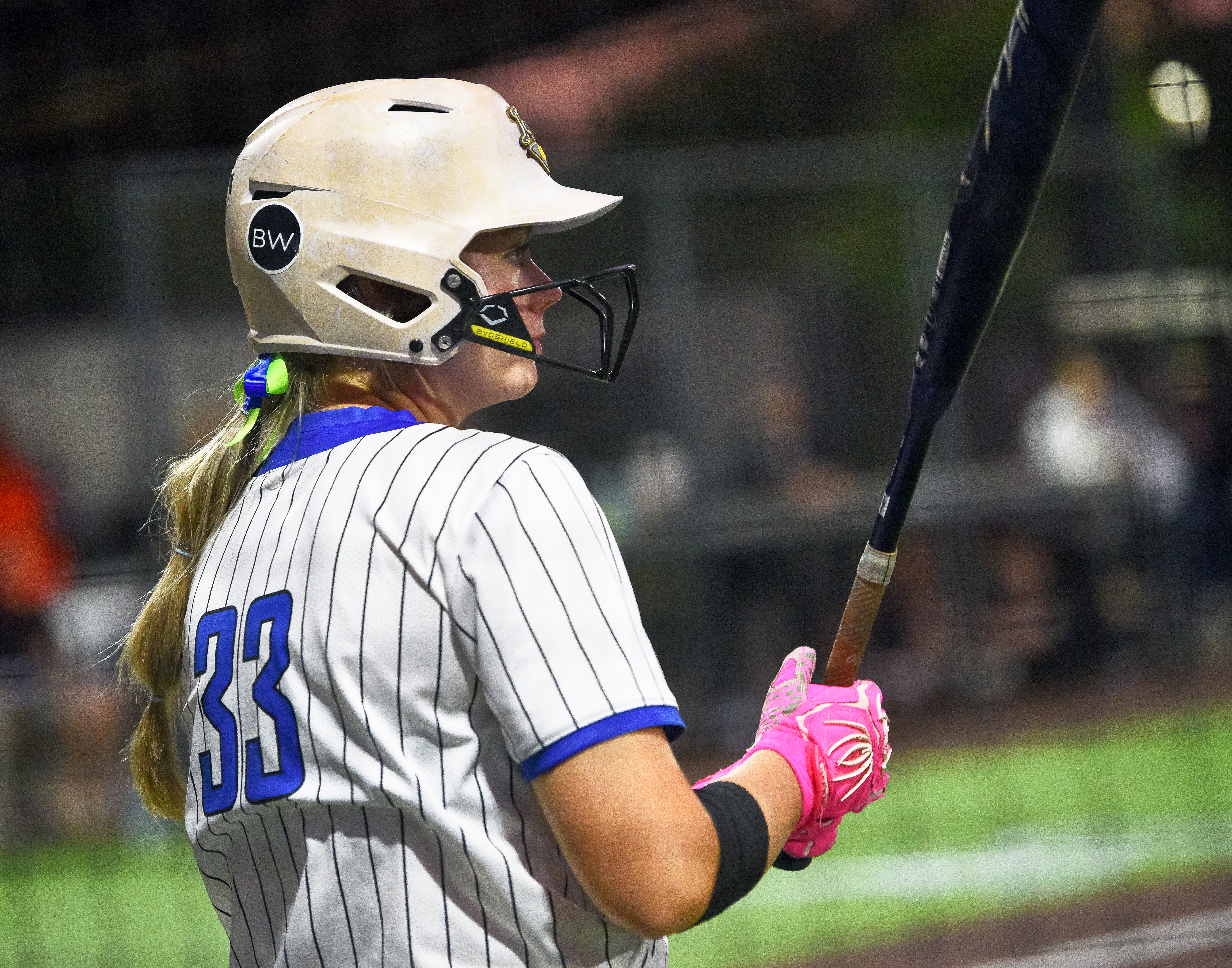Experts: Kissing bug worry unwarranted in Alabama
Published 6:00 am Friday, December 4, 2015

- The species of kissing bug found in Alabama looks like this. But, the bug is rare and should not panic residents.
When fears about kissing bugs swept social media before Thanksgiving, employees at the Alabama Cooperative Extension System were inundated with calls, emails and text messages from people worried about the disease and how to identify the insect.
“People saw a headline or the title of a post and really reacted strongly and quickly,” said Dr. Xing Ping Hu, an Alabama Extension entomologist. “The reality is that the chances of contracting Chagas disease in Alabama are very low because of how the disease is spread and the type of kissing bug found in our state.”
The kissing bug — a bloodsucking North American triatomine — received its name because it usually bites people near their mouth during the night while they sleep, according to the University of Arizona Department of Neuroscience. The bug bites near the mouth because it is attracted to the odors present when people exhale and because the face is usually the only area of skin exposed during sleep, according to the university’s website at http://neurosci.arizona.edu/kissingbugs/basicfacts. Reactions from the bite range from skin irritation and redness to anaphalitic shock requiring immediately medical attention. There are many species of triatomines, and only a minority of the kissing bugs carry a parasite that can cause Chagas disease. This disease is a major health issue in Central and South America, where more than 18 million people have become infected resulting in 14,000 deaths every year.
Chris Becker, Limestone County Extension coordinator, said a Limestone County man called the office Tuesday to say he thought he had found a kissing bug and was worried. However, Becker said the bug the man found was just a garden-variety assassin bug that is beneficial to the garden. Becker said that while there is one species of kissing bug that is native to Alabama, it typically does not carry the parasite that can cause Chagas.
Adult kissing bugs are about 1-inch long and have an oval shaped black body with red stripes on the outer edge. Hu said kissing bugs become infected with the parasite when they bite an infected wild animal. The parasite multiplies in the bug, which passes it out in its feces. The parasite can infect people if the feces comes in contact with skin abrasions or open wounds.
While some species of the kissing bug tend to defecate where they feed, the species of kissing bug we see in Alabama seems to have better manners.
“The fact that our local kissing bug goes someplace else to pass its waste is one of the key reasons for our low risk for the Chagas disease,” Hu said.
Why risk low in Alabama
Hu gave three reasons why the risk of contracting Chagas disease is low in Alabama:
1. Only one kissing bug species exists in Alabama, and it is a species that does not normally defecate while feeding.
2. Very low population of kissing bugs that occur near small mammal dens and nests in wooded areas. Past research only identified the parasite in raccoons and opossums in Alabama.
3. Low infection rate of kissing bugs with the parasite. Auburn University research done in the 1960s only showed an infection rate of about 6 percent or only 6 infected bugs per 100 bug population.
While kissing bugs do exist in Alabama, Hu said they are not common, and many people may never see one.
If you suspect or encounter a kissing bug, do not touch or squash the bug, she said. Instead, carefully confine the bloodsucker in a container and fill it with rubbing alcohol, and send or bring the sample to Alabama Extension for identification.





